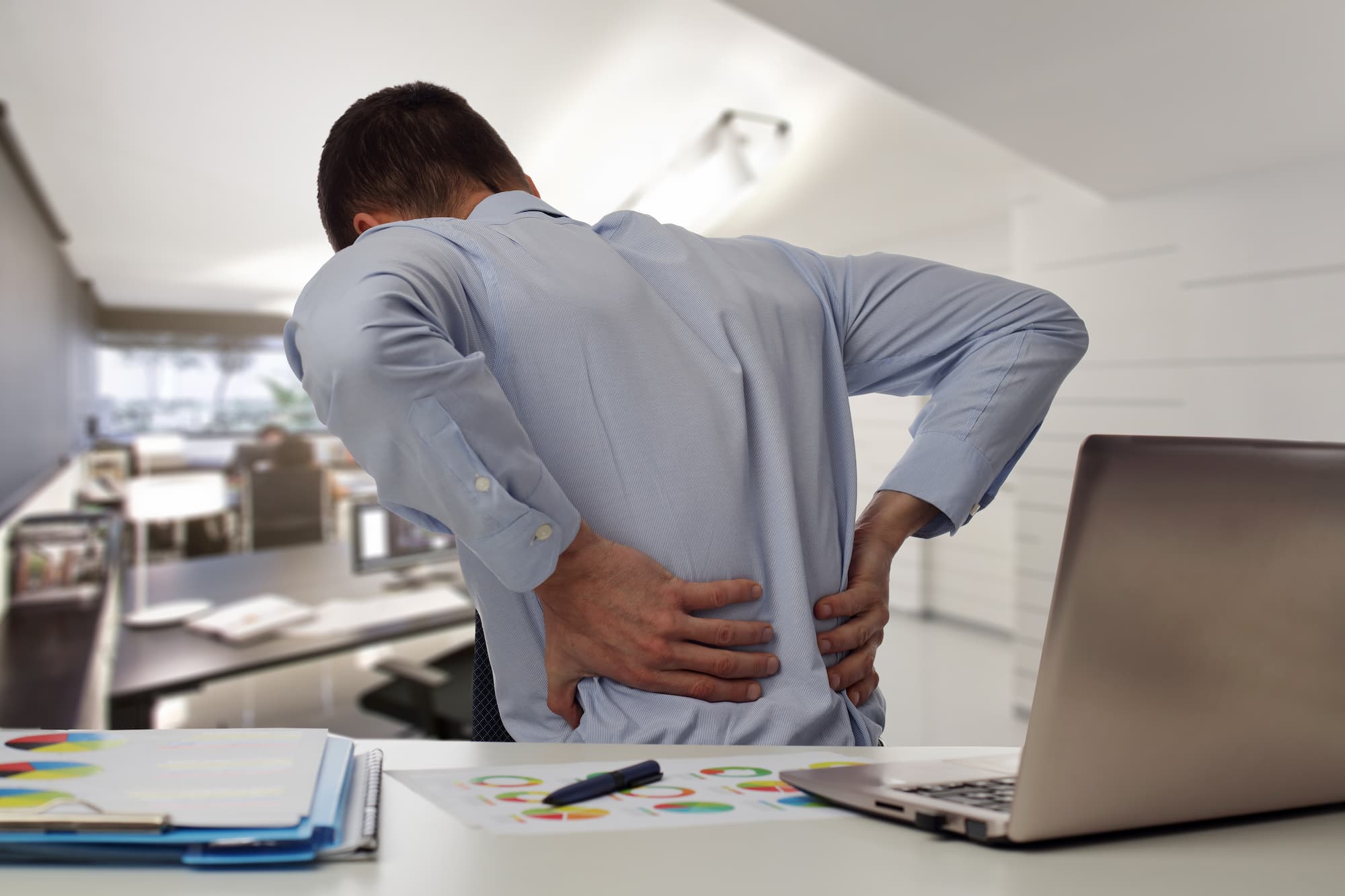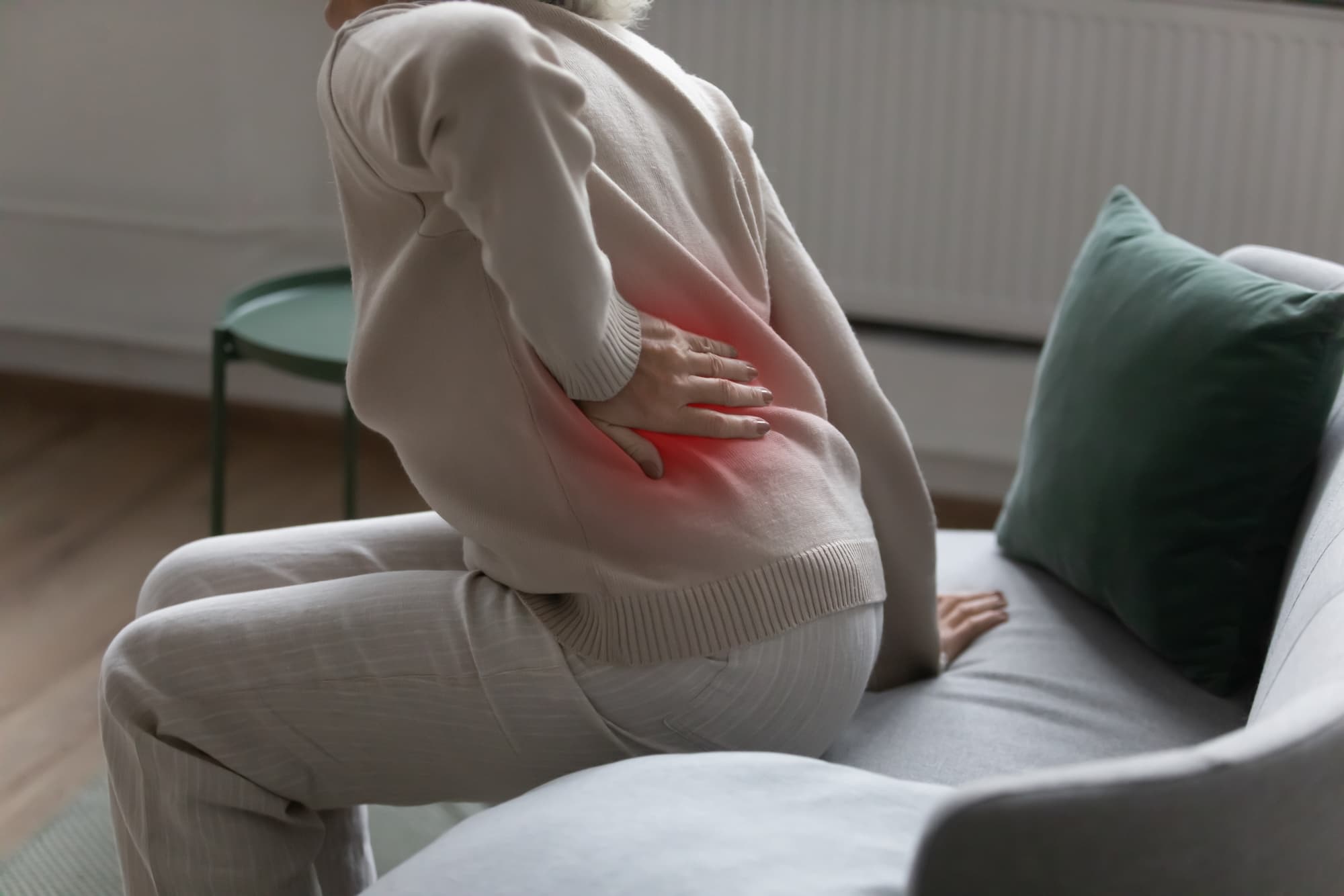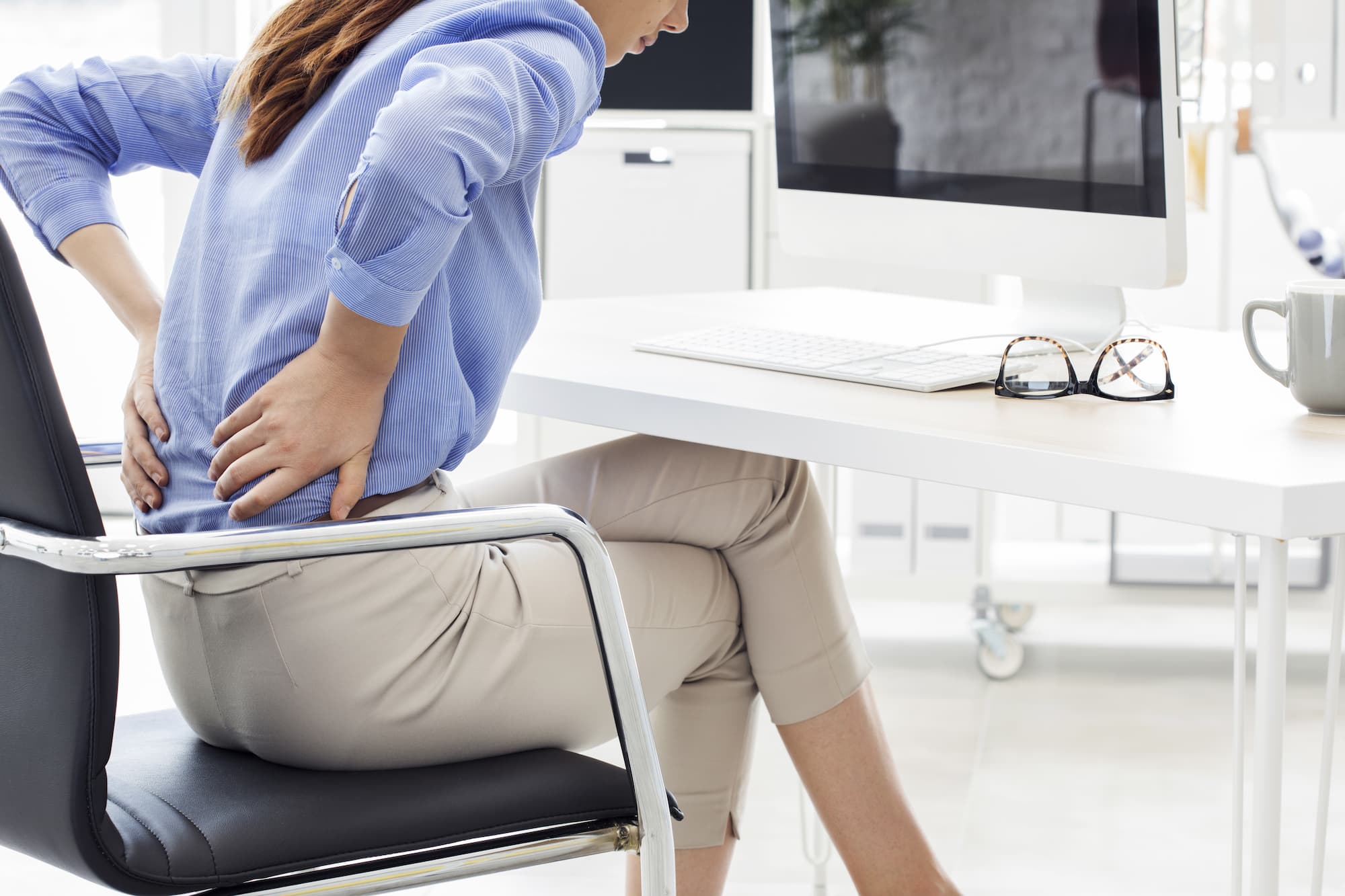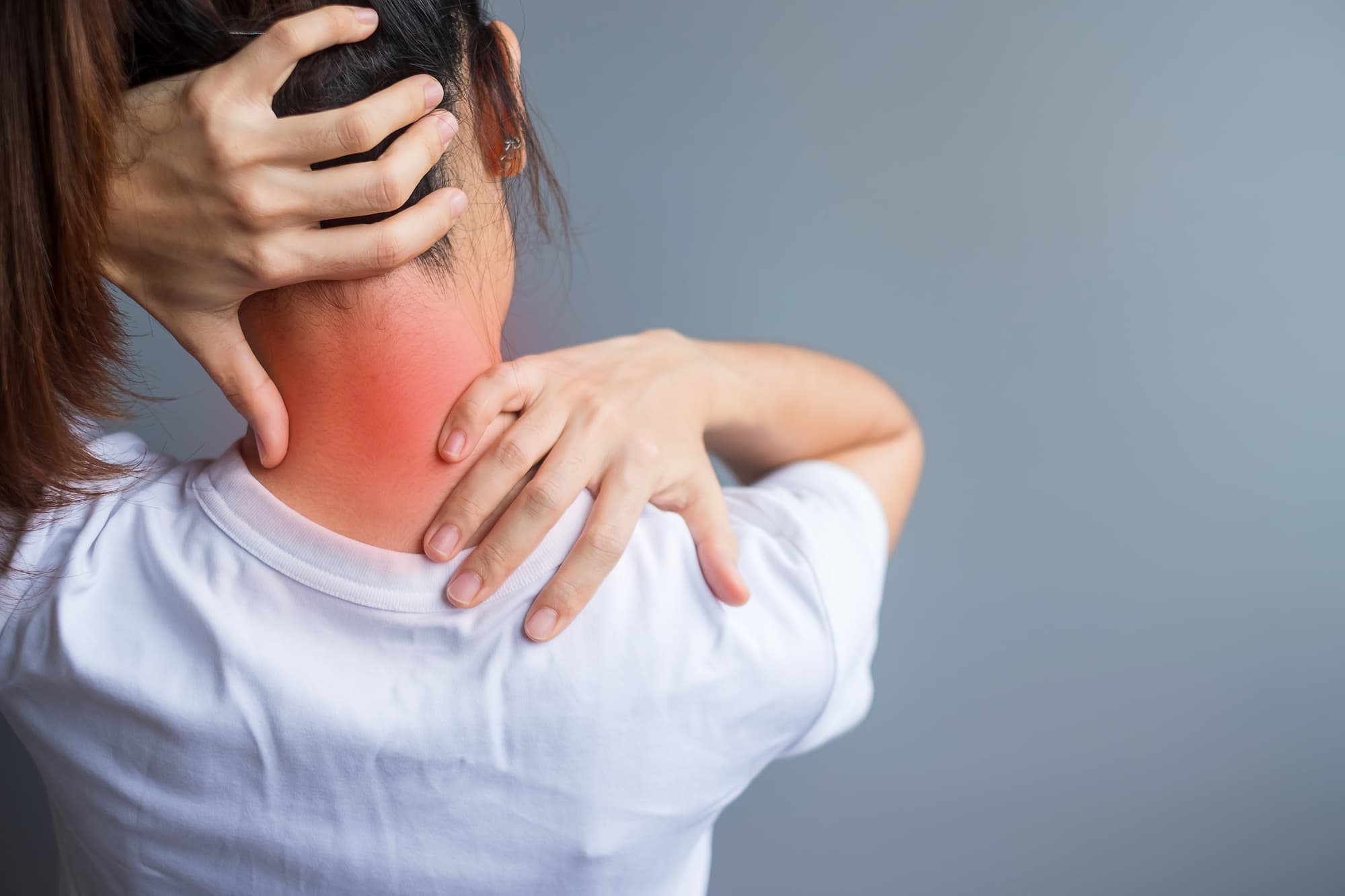Walking is one of the best ways to stay healthy and happy. Taking a walk every day has been linked to improved cardiovascular health and better mental health, including reduced symptoms of stress and anxiety. Walking can also get you in touch with nature and help you unwind before or after a busy day. However, if you experience pain while walking, you could be dissuaded from keeping up with your steps.
Spinal stenosis is a condition that most often occurs in the neck and lower back. It can affect your ability to walk, causing pain and discomfort. While spinal stenosis is painful and occasionally debilitating, it can be treated. FIX24 Joint Biomechanics in Scottsdale, AZ, is highly proficient in diagnosing and treating spinal stenosis, helping you get back to your healthy lifestyle and enjoy the pleasures of walking once again.
What is Spinal Stenosis?
Spinal stenosis is a condition that causes the spinal canal to narrow. This puts pressure on the spine and pinched nerves in the spinal column. Spinal stenosis most commonly occurs in the neck and the lower back. There are many different types of spinal stenosis.
While all five sections of the spine can be affected, it is most common in the cervical and lumbar spines.
Spinal stenosis can be caused by a variety of ailments, including herniated discs, thickened ligaments, osteoarthritis, and tumors.
Traumatic injury can also cause spinal stenosis, such as the kind of injuries sustained in a car accident or sports injury.
The Link Between Spinal Stenosis and Walking Problems
Spinal stenosis can cause significant pain while walking, especially if you have lumbar spinal stenosis. Your lumbar region contains the nerves responsible for sending signals to and from your legs and pelvic area.
As a result, you could have pain while standing, walking, or jogging. While walking is an excellent exercise for most people, spinal stenosis can make it more challenging to go about your daily routine.
Symptoms of Spinal Stenosis
There are a variety of symptoms associated with spinal stenosis.
Common symptoms include:
- Lower back pressure or pain
- Bowel dysfunction or urinary incontinence
- General neck pain
- Foot or leg weakness
If you have lumbar spinal stenosis, there are some additional, more specific symptoms. These include foot or leg tingling, extreme back pain, foot or leg weakness, and leg pain or cramping, especially while walking or standing. You might find that sitting alleviates your symptoms, as the pressure on your nerves is reduced.
Spinal stenosis symptoms and severity can run the gauntlet from mild annoyance to extreme pain. If you find yourself unable to walk, run, or jog as normal due to pain or tingling, it’s time to address your concerns. Some lifestyle changes might help you start to find relief. If your symptoms are more severe, medical intervention can help you get back on track.
Find Help for Your Spinal Stenosis
You don’t have to deal with your spinal stenosis symptoms on your own.
FIX24 Joint Biomechanic offers natural pain relief solutions for spinal stenosis, including utilizing diagnostic engineering procedures to reposition the vertebra forward without twisting your spine or neck. Our team is highly proficient in diagnosing and treating spinal stenosis, addressing your pain, and learning everything we can about your lifestyle and movement goals.
We employ the principles of mechanical engineering to treat and alleviate your pain, helping you find relief naturally and returning you to your daily functions. If you’re ready to find your path to wellness, contact FIX24 Joint Biomechanic in Scottsdale, AZ, today to schedule your appointment!
Image Source: Albina Gavrilovic/Shutterstock



